The whole concept of Extreme E is ludicrous. Utterly, utterly ludicrous.
Consider: it’s a new series for lightweight electric off-road racers producing 536bhp and 679lb ft that will compete in a series of contests in five of the world’s most remote locations, spanning four continents. So far, a little unusual.
The X Prix events will take the form of qualifying, semi-final and final sprints, staged on a two-lap run over on an off-road track around five miles in length. Teams of two – one male driver, one female – will take part, with a mid-race driver switch at the end of the lap. Okay, that’s quite odd.
The five event locations have been selected because they’ve all been damaged by human activity and climate change, with the goal of the Extreme E organisers being to raise awareness of such issues and support sustainability projects to repair their environments for the future. These efforts to promote sustainability will be overseen by an expert independent panel of scientists, drawn from Cambridge and Oxford universities. Right, then. It’s getting crazy now.
Anything else? Oh, yes: instead of flying to each location, the entire operation will be carried on a specially converted Royal Mail cargo ship that will double as a mobile environmental research laboratory. See? It’s absolutely ludicrous.
It’s a concept that’s like no other motorsport championship previously conceived – and one that seemingly stretches the boundaries of credibility. So why should we be taking Extreme E seriously? Well, for starters, because the man who created it has a proven track record of pulling off the seemingly impossible. That man is Alejandro Agag, the 49-year-old Spanish politician-turned-businessman-turned-motorsport team boss and the founder of Formula E.
While it’s now in its sixth season and supported by some of the world’s biggest car manufacturers, the basic concept of an electric single-seater championship met plenty of scepticism and doubt when Formula E was launched back in 2014. Many doubted it would even get to launch. And even when it did, some didn’t think it would survive.
“Extreme E is only possible because of what happened with Formula E,” says Agag, who remains chairman of the single-seater series. “It has been motivation for me: people have questioned whether Extreme E can actually happen, but less than they did when we launched Formula E. It has been key to giving us energy, and we’ve gained credibility.”
Extreme E was also shaped in part by Agag’s desire to create a series as far removed from Formula E as possible. “Formula E is based around single-seater racing cars,” he says, “so we wanted to do something based around road cars, and SUVs are an increasingly big market for manufacturers.





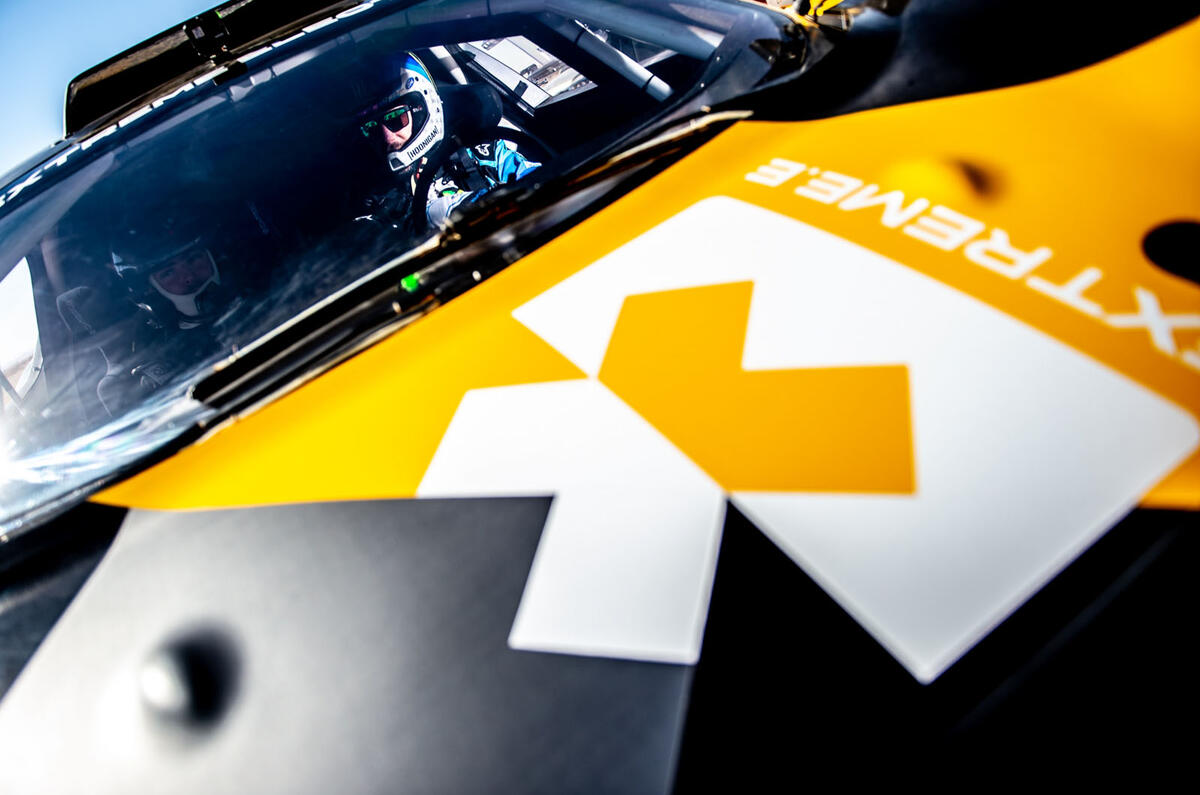
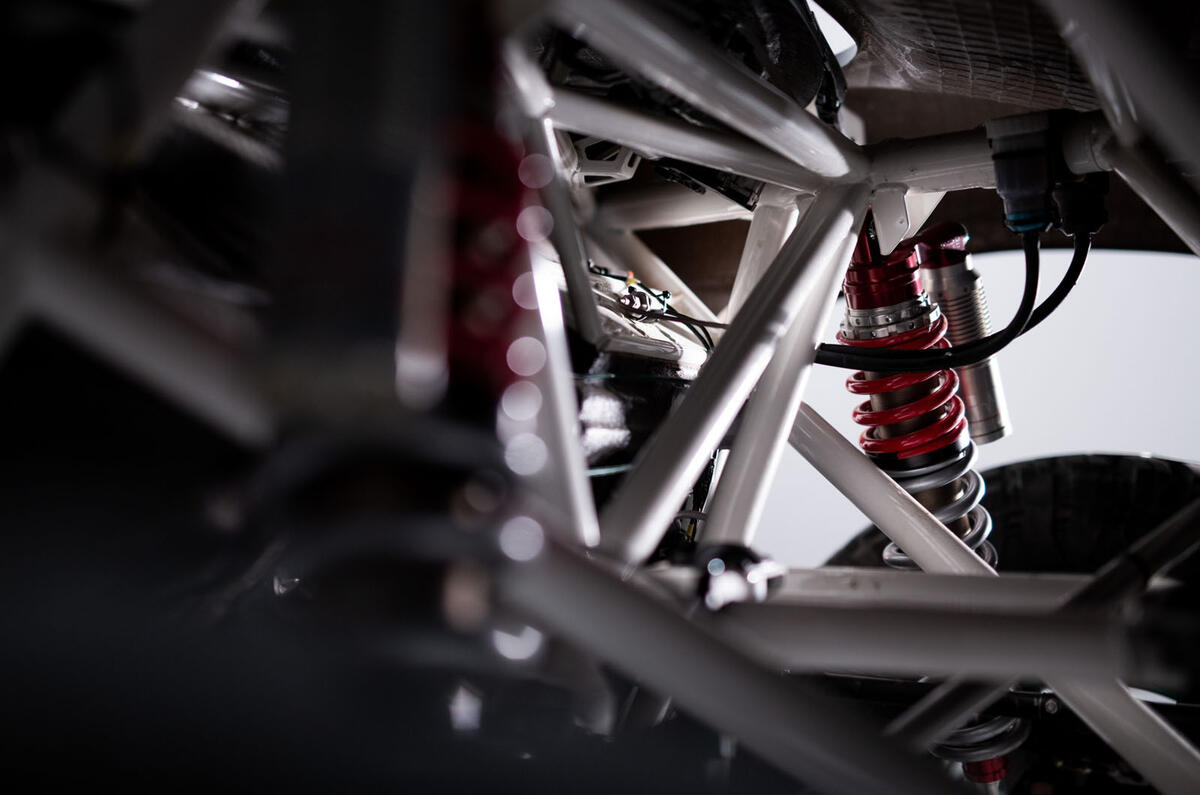

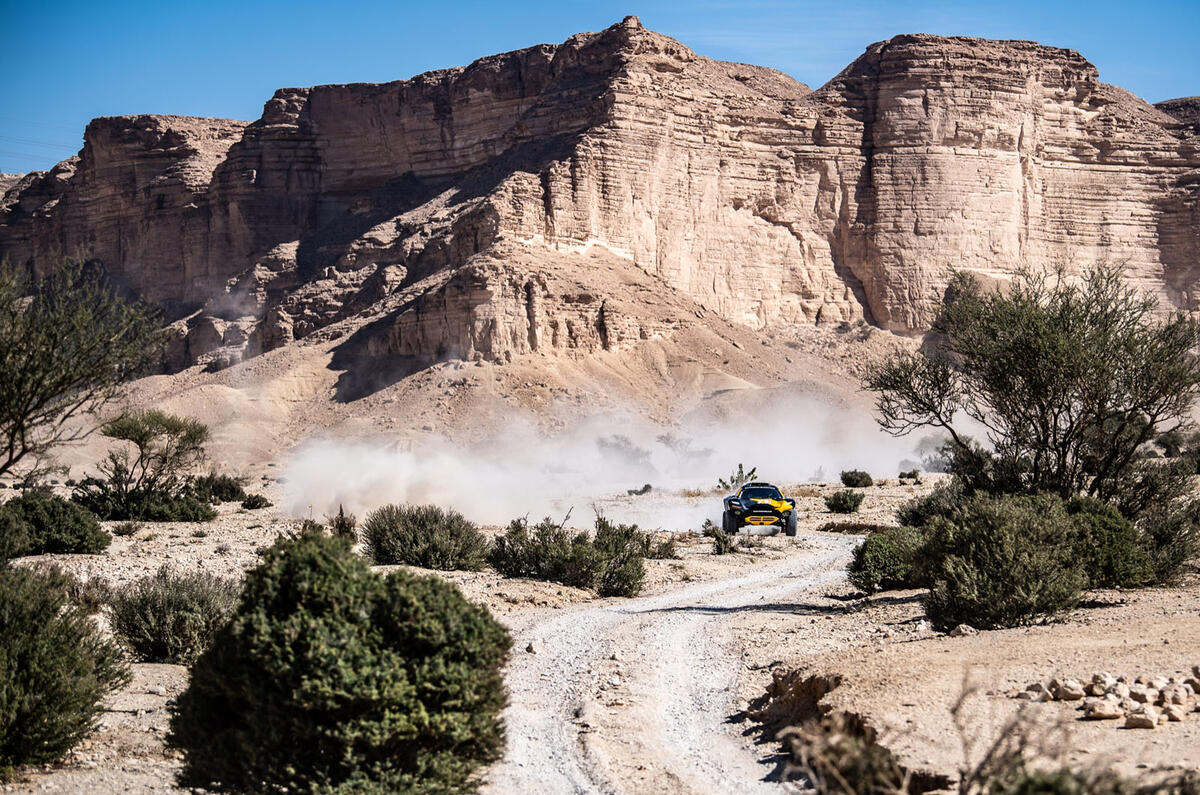
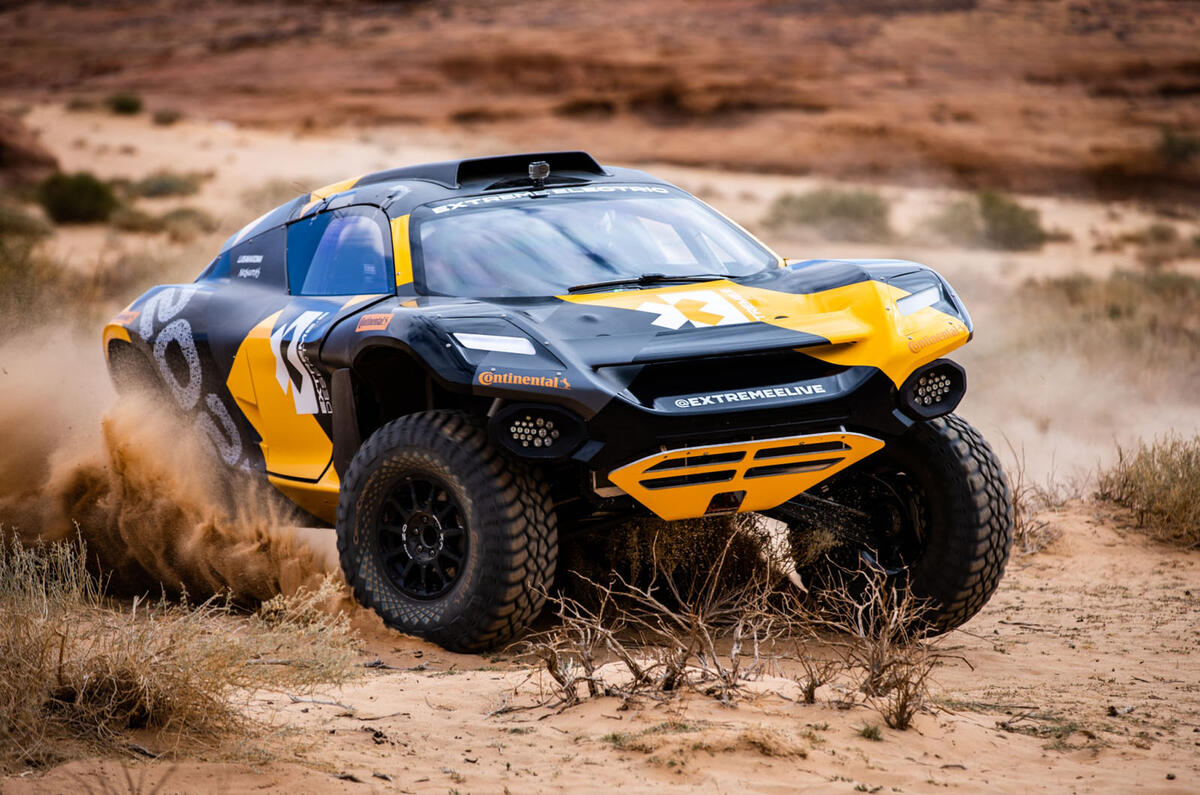

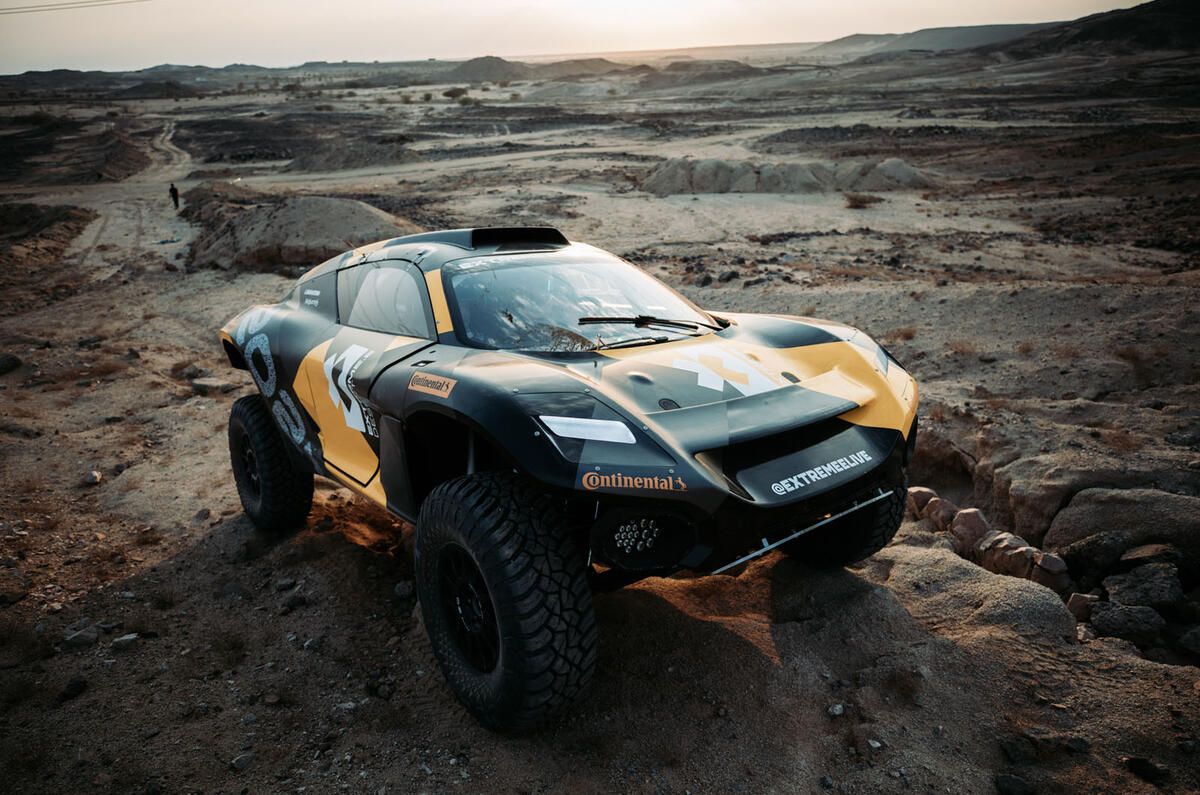

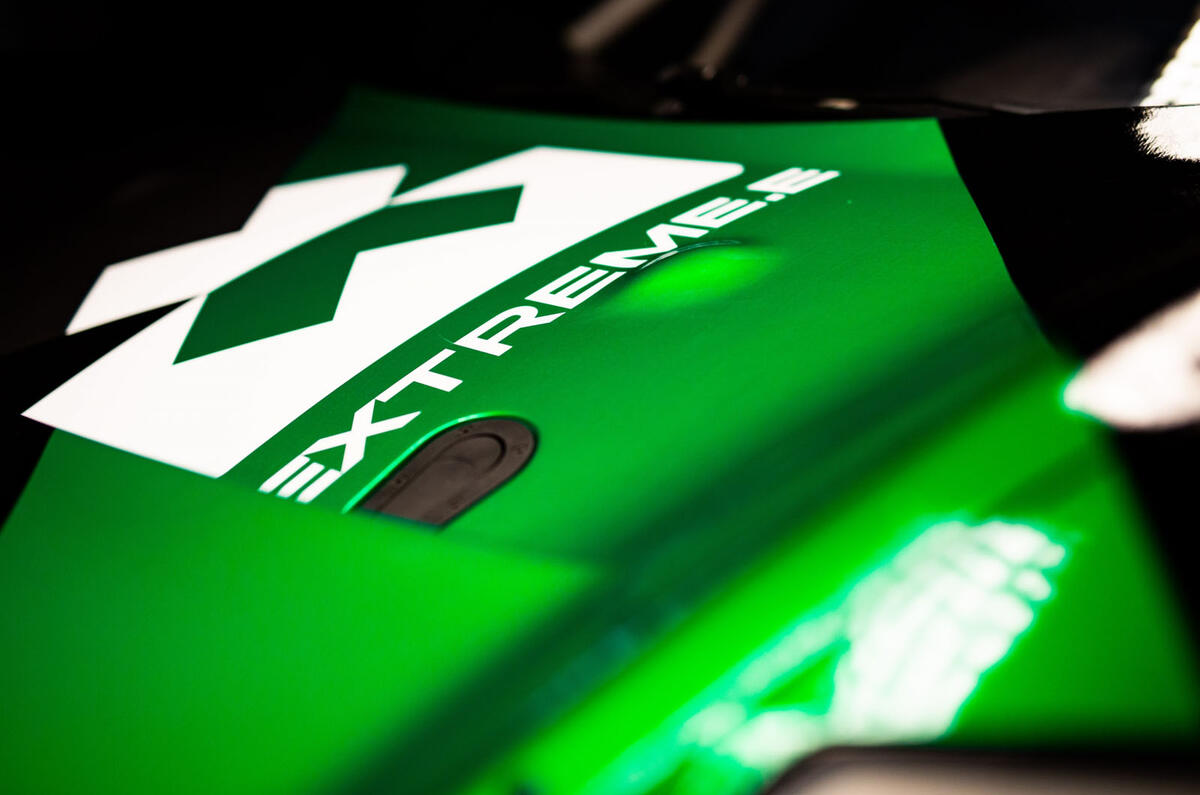


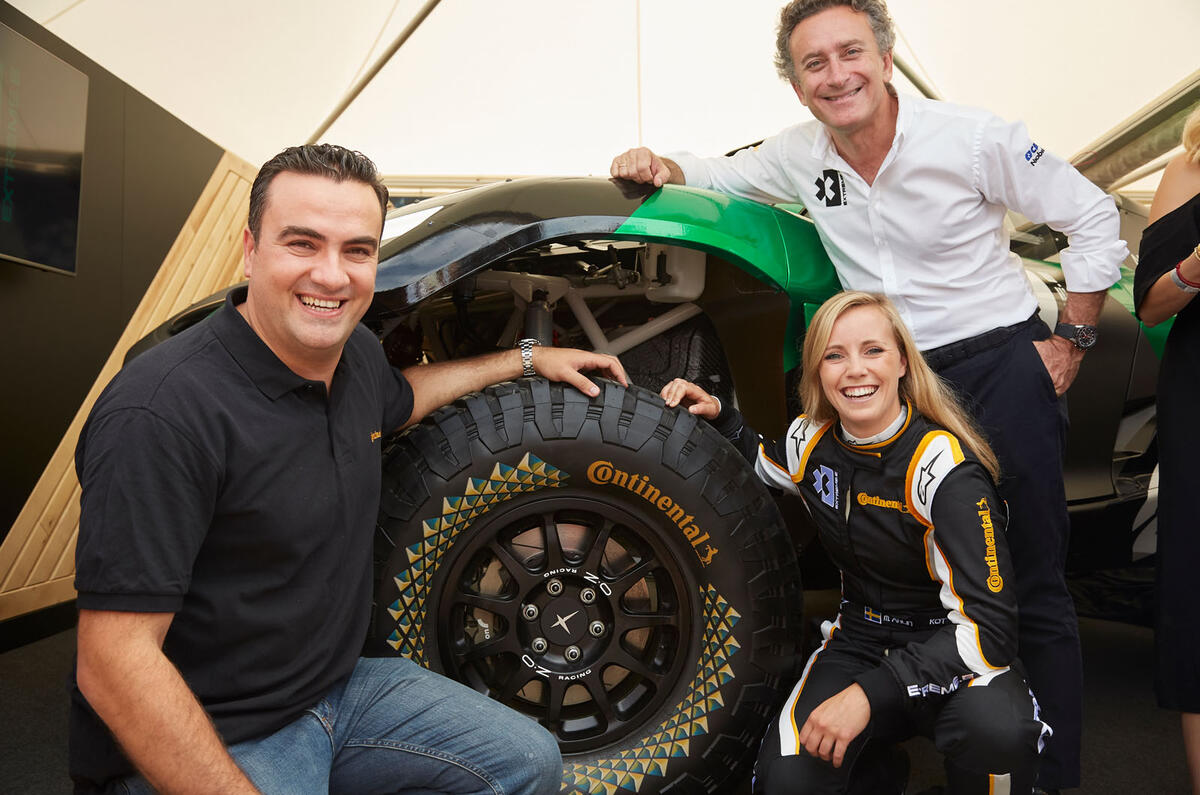



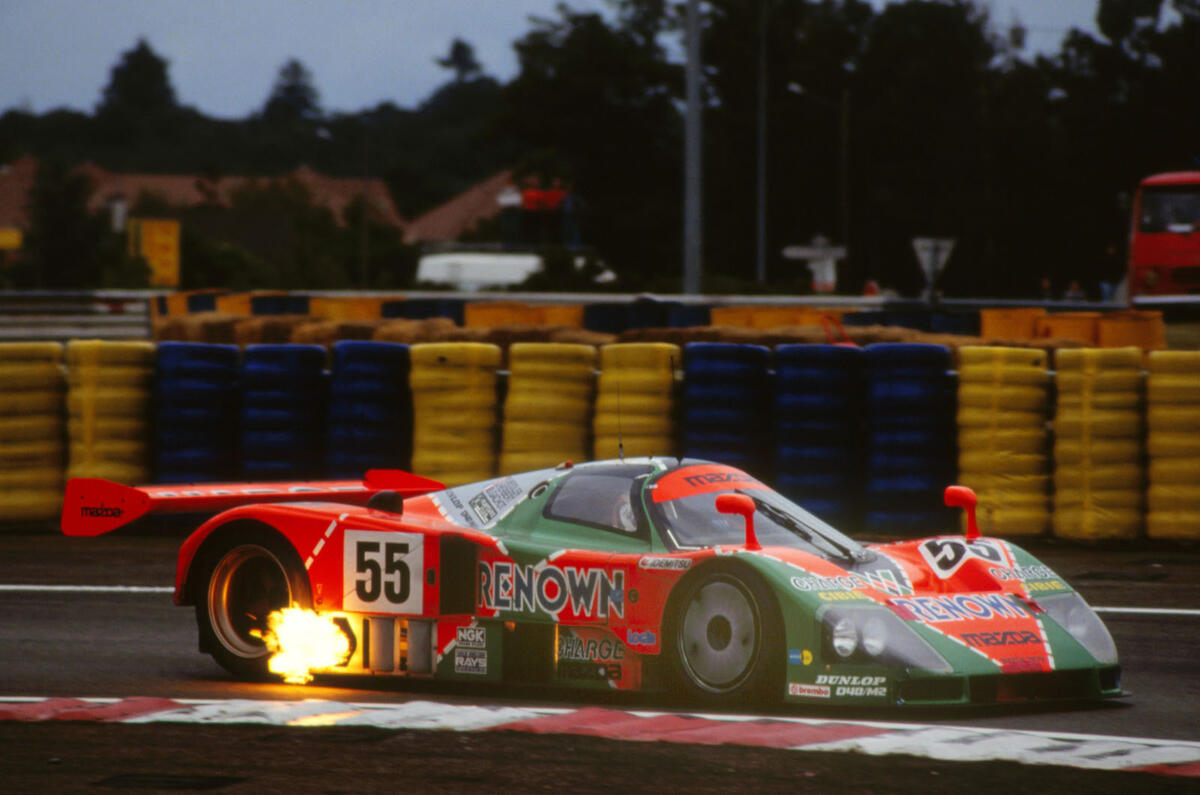
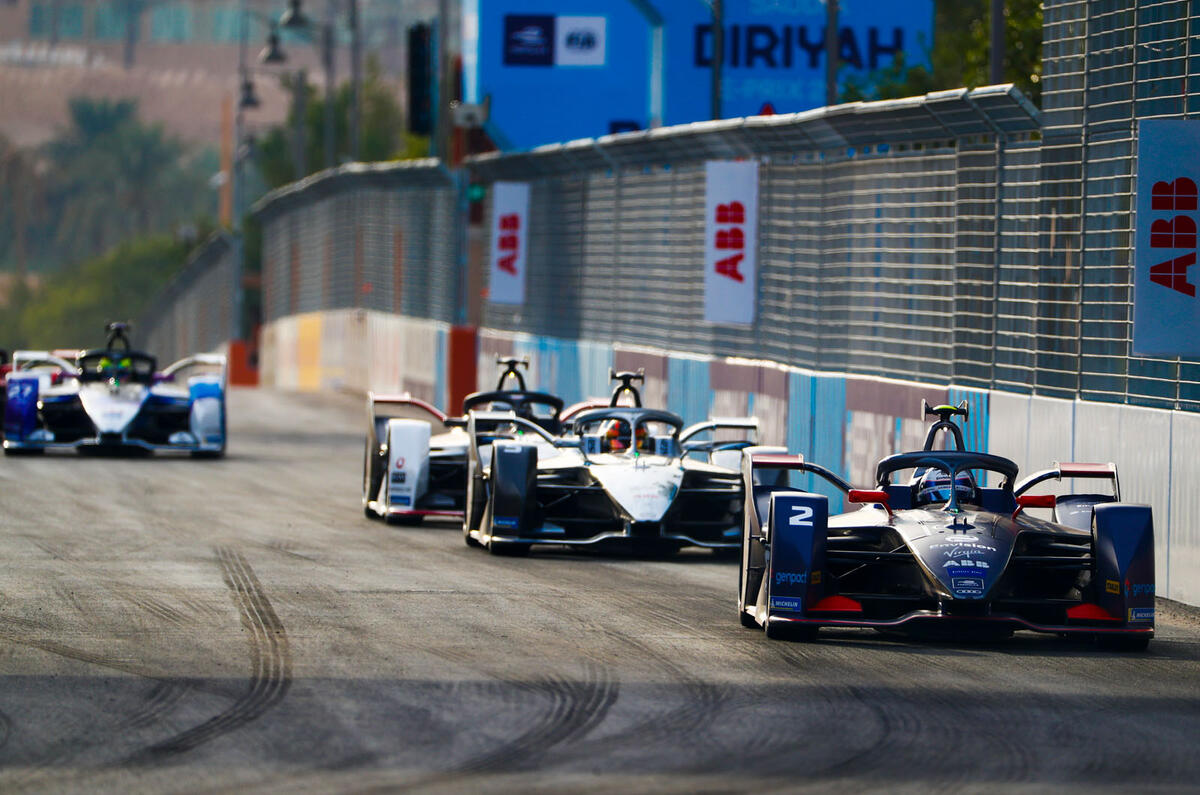




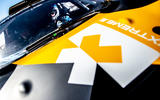

























Join the debate
Add your comment
Is this an April Fools
Is this an April Fools article, published late
So to save the planet, they invent a new racing series (did we need one), and instead of holding it in one place will use a fossil fuelled boat to move the kit, fossil fulled wagons to move stuff from the ship to the race location, and then the bit that uses the least energy, the race, is powered by electricity (i guess depending where they race that might also come from fossil fuel too).
Adding greenwash to motor racing is not the way to make it interesting.
artill wrote:
Indeed and, I can see it being as popular as getting a boil on the arse.
Petrolheads are seeing their
It's like trying to make nun
There is no market for this.
eseaton wrote:
Nope, it's just you, and a handful of other disgruntled petrol-heads afraid of change. Reception for the Extreme E series has been mostly positive and is gaining momentum, much like Formula E.